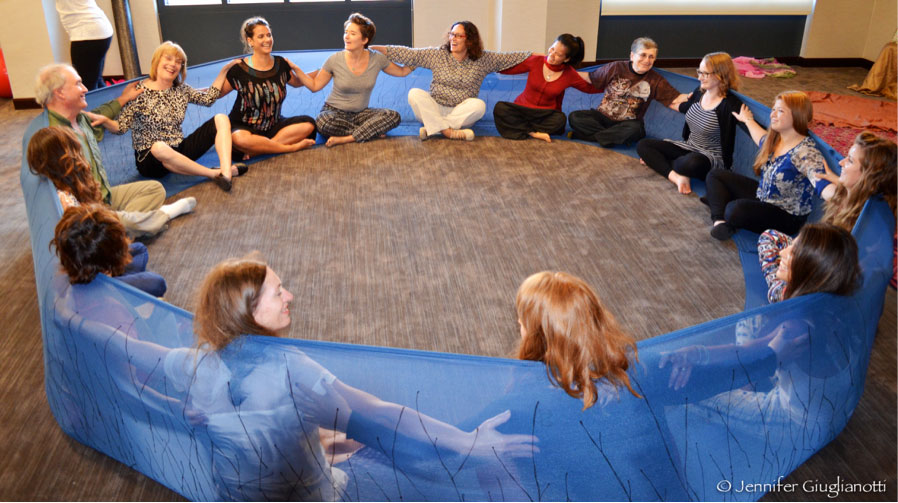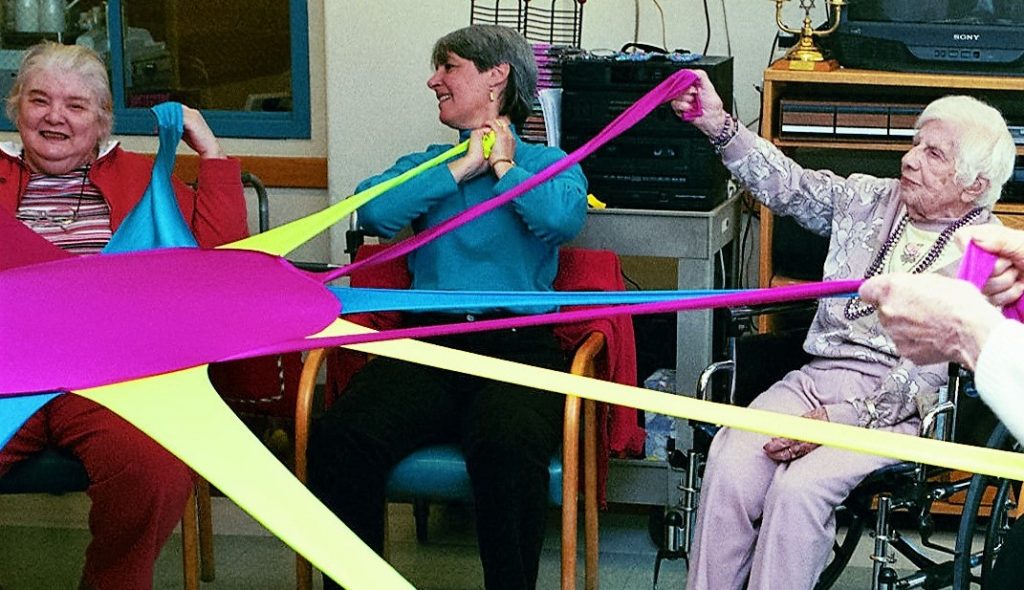What is Dance/Movement Therapy?Defining Dance/Movement Therapy (DMT)
Dance/movement therapy (DMT) is defined by the American Dance Therapy Association (ADTA) as the psychotherapeutic use of movement to promote emotional, social, cognitive, and physical integration of the individual, for the purpose of improving health and well-being. It emerged as a field in the 1940s as early innovators, many of whom were accomplished dancers, began to realize the benefit of using dance and movement as a form of psychotherapy. It is a holistic approach to healing, based on the empirically supported assertion that mind, body, and spirit are inseparable and interconnected; changes in the body reflect changes in the mind and vice versa. DMT as an embodied, movement-based approach is often difficult to describe, as it is necessary to actively engage in the process to get a true sense of what it is. Dance/Movement Therapy Relies on the Following Premises:
Using these premises to guide their work, dance/movement therapists use body movement, the core component of dance, as the primary inroad to their psychotherapeutic work. Dance/movement therapists approach individual, couple, family, and group sessions by observing and assessing both their clients and their own movements, using verbal and nonverbal communication to create and implement interventions that will address the emotional, social, physical, and cognitive integration of an individual. For more information regarding where dance/movement therapy is practiced and who dance/movement therapists work with, check out the following video playlists on the ADTA’s official YouTube channel: Moments in Dance/Movement Therapy and ADTA Talks. |




